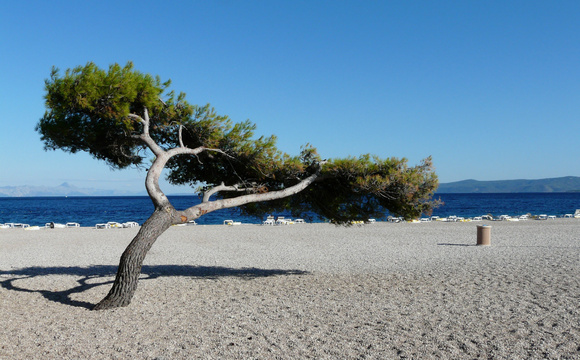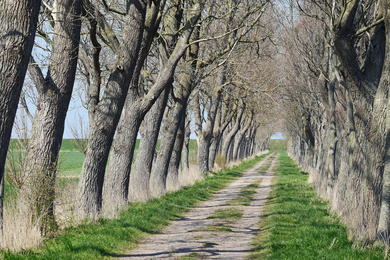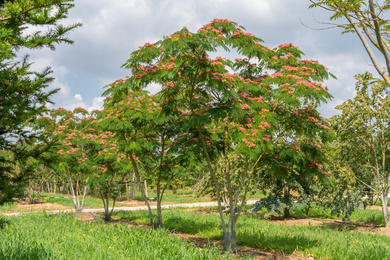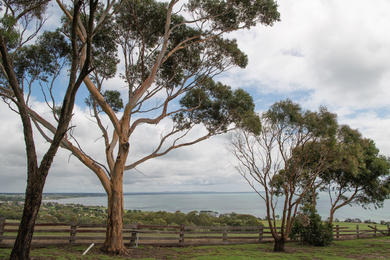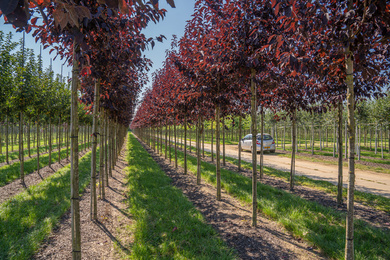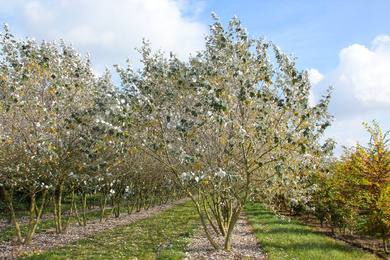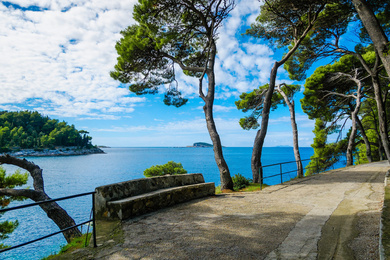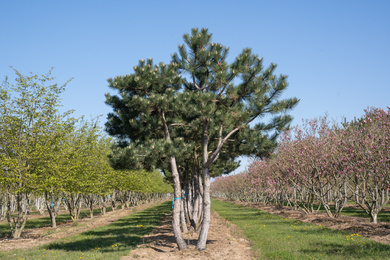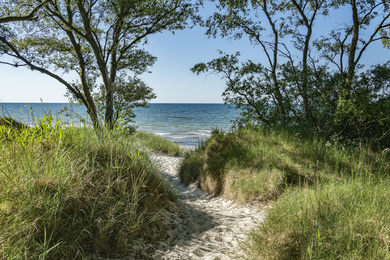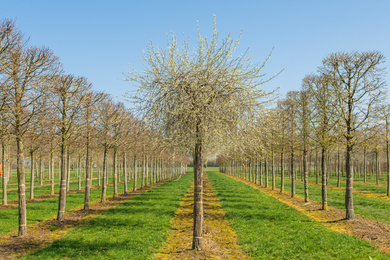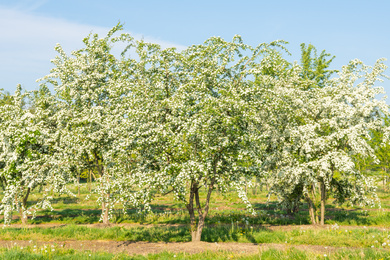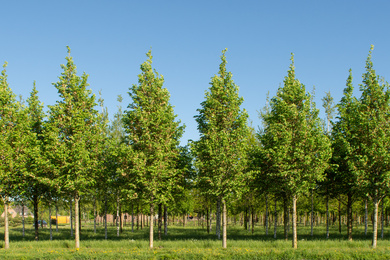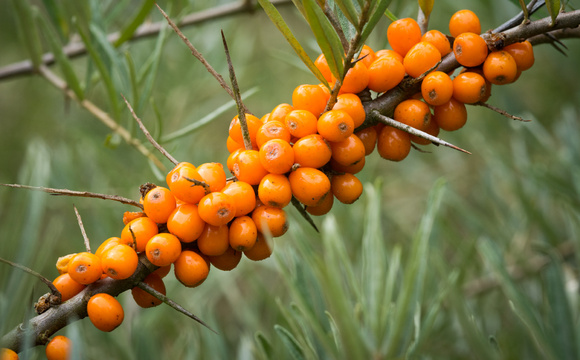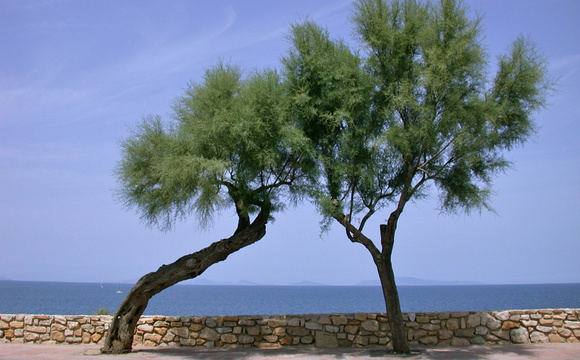From the first buildings or forest edge/break, the living conditions for plants gradually improve and you have more possibilities regarding choice of ranges. Nevertheless, it is important to opt for tolerant shrubs and bushes. There are several varieties of trees which can be used with a few measures as regards layout the location.
The areas which are situated 3 or more kilometres from the coast are less affected by the limiting factors of the coastal area. Locations in this area have access to groundwater and so a wider range can be used. However, salty sea winds continue to have an affect up to 30 to 40 kilometres inland, and you must take this into account on roof gardens and in higher areas. You can contact our plant advisers for more advice on planting in each zone.

